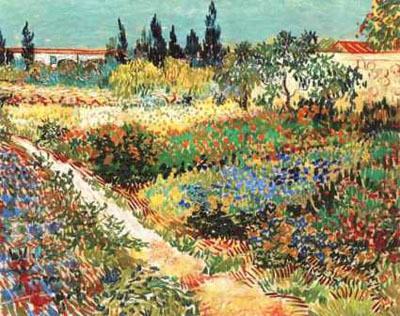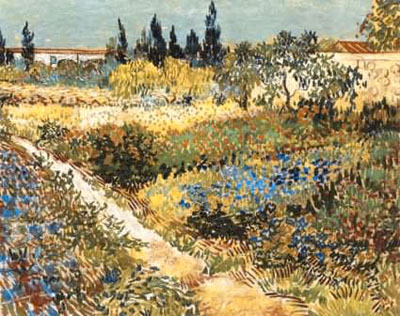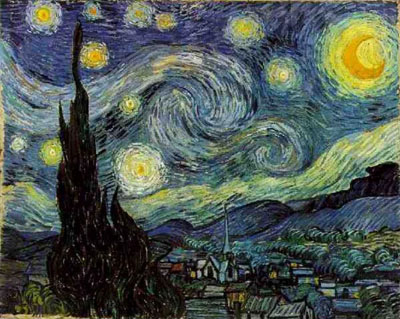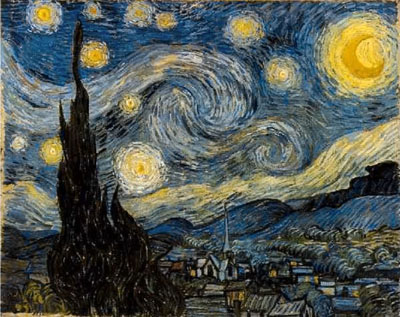The Hokkaido Color Universal Design Organization has a “Color Vision Experience Room” which filters out parts of the light to give you the impression of how colorblind people see the world. In this room Kazunori Asada spotted some paintings from Vincent Van Gogh and from there on the idea arose to make some tests, if Van Gogh might have had some form of color vision defiency.
Earlier on Kazunori Asada already developed a tool to simulate different forms of color vision defiency. With the help of this tool he was interested to see, if the impression of some paintings of Van Gogh will change, if they were run through the program.
In his article The Day I Saw Van Gogh’s Genius in a New Light he covers the following:
One of my friends who has protanomal color vision, a designer and painter, said this to me:
“It’s wonderful, isn’t it? We color deficient people, actually better than color normal people, understand van Gogh’s true nature and appreciate he is the genius of geniuses. In our opinion, van Gogh surely had color vision deficiency. Therefore, color deficient people can better understand his pictures.”
I considered this. After returning home, I viewed van Gogh’s works using the “Chromatic Vision Simulator” software which I had developed. However, the images simply lost their color and the sublime impression I got in the “Color Vision Experience Room” was missing.
Then it occurred to me to ask – Is my friend partially color vision deficient (anomalous trichromat)? Perhaps using a strong color vision deficiency (dichromat) simulation was the wrong approach. How about carrying out the simulation by removing only a specific portion of normal color vision, maybe then I could see van Gogh’s works in that light?
Hereafter two simulations of Van Gogh’s paintings. On the left side you’ll see the original, on the right side the protanomal simulation (also called red-weakness):
 |
 |
 |
 |
As I am also strongly red-blind I can’t see any difference in the paintings. Looking at them makes me think, that they look completely normal and I don’t see any very strange color arrangements in the paintings.
You can read the whole article of Kazunori Asada at: The Day I Saw Van Gogh’s Genius in a New Light. This article also includes some more paintings with their corresponding color vision deficient simulation.

Interesting (as any post of this site)!
I am green blind and by putting the images side to side I can’t see any difference. Only opening them in two different panels and switching trough them I can notice a barely visible change between them. Strange enough, I think, because in every test i try I get deuteranopy as a result.
I see a difference-
In the first one (flowers), there are some blue-green flowers that nearly disappear/become grayish (between the mini tree and the blue flowers), and the sky goes from a blue-green to gray. (Also, the whole image looks more dry in the simulation)
In the second one, the difference isn’t that great, but the original has a green tint to it while the simulation does not.
I’m weak red CVD. I don’t see any difference. I often wondered what people were talking about when decribing Van Gogh paintings maybe this explains it.
There is definitely a difference. Starry Night does work somewhat better without the green tinting along side the white but the other one does not really work without the red. However, I do think that Van Gogh might have had tritanomaly to a mild extent. He most certainly did not have a problem with reds or greens.
I just looked at an early work from 1882 and there is no evidence for any form of color blindness. It seems that his color arrangements were a stylistic choice he made later in his development as an artist.